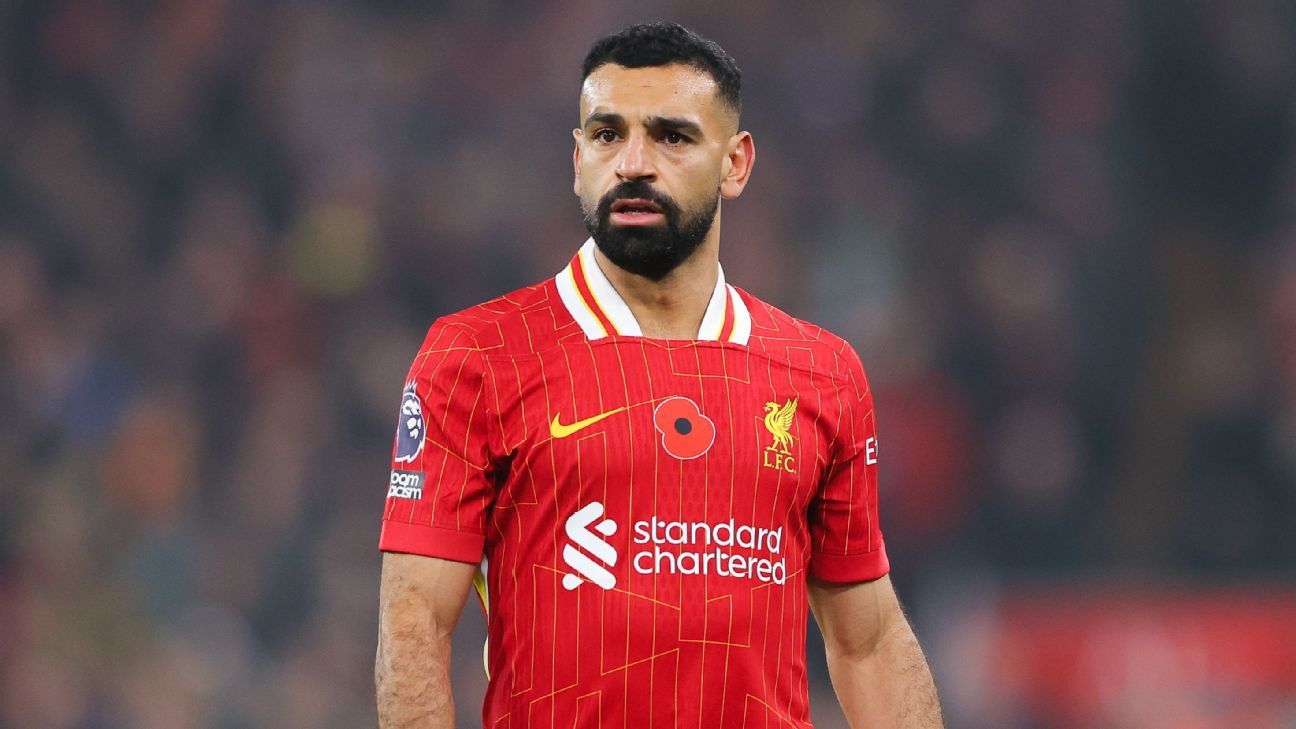
INDIANAPOLIS — As the calendar flips to a new year, it’s also the beginning of the third decade of the 21st century.
That creates an important pivot point in the history of Indianapolis Motor Speedway and one of the few races that has stood the test of time for 109 years — the Indianapolis 500.
For the first time since 1945, the Indianapolis Motor Speedway is not owned by someone from the Hulman-George family. It is now owned and controlled by the most successful person in auto racing history, Roger Penske.
In addition to being the top winner among team owners in Indianapolis 500 history with 18 victories, his team has also won a record 16 Indy car championships. In all forms of racing, Team Penske has 545 victories around the world.
When the Hulman-George family made the stunning announcement on Nov. 4, 2019, the sale to the Penske Corp. was to preserve the history of the world’s most fabled auto race while ensuring it a greater future.
To Penske, Indianapolis Motor Speedway is the “Emerald City.”
As the new decade begins, there is renewed hope and optimism in what shape the sport takes over the next 10 years. Some of the changes will be wildly hailed; others may be criticized with breaking tradition in order to keep up with the times.
There is an undeniable fact that the automotive industry is far different in 2020 than it was when the past decade began in 2010. At that time, electric cars and hybrids were a rarity. Today, they are the future in the automotive industry as it continues to de-emphasize fossil fuels.
That has had its impact on auto racing, which continues to define its role in the marketplace as something relevant to the greater automotive industry or a strictly entertainment sport.
IndyCar President Jay Frye believes the series should be “loud, proud, authentic, organic and unapologetic.” The IndyCar engine at the beginning of the decade will continue to focus on an internal-combustion power that makes plenty of noise.
Beginning in 2021, it will feature “hybrid-assist” that will produce energy from the car’s braking system to further enhance the output of the vehicle.
The cars will feature onboard starters for the first time, providing an additional tool to the driver if they run off course and stall the vehicle. The driver will have the capability to restart the engine by hitting a button inside the cockpit.
The 2020s can be the beginning of an exciting time for IndyCar. By the end of the decade, races on the current schedule will continue and even grow into bigger events than today. New races at new venues will likely be added, although it’s too early to determine where those new races will be held.
New stars will be developed and legends will retire. That’s just the nature of any sport.
In 2010, the Hulman-George family was entering its final decade of stewardship of Indianapolis Motor Speedway, but it was the first year since he took over in 1990 that Tony George was not in charge. He had been ousted by the board of directors a few days after the 2009 Indianapolis 500.
The family brought in Randy Bernard from Professional Bull Riders to run the series. At the time, Bernard had a lot of grand ideas but quickly learned that unlike horses, race drivers and team owners talk back. IZOD was the series sponsor and had some ambitious, albeit disjointed, plans to mix the entertainment industry with the high-speed thrills of Indy car racing.
In a short time, however, Bernard was bucked off his position with the force of a wild bronco. IZOD departed after popular driver Dan Wheldon was killed at Las Vegas Motor Speedway on Oct. 16, 2011.
Bernard lasted one more year before he was fired by the Hulman & Co. board of directors.
A few months later, Mark Miles was installed as CEO of Hulman & Co. and, under his leadership and guidance, IndyCar began to restore itself to sporting relevance beginning in 2013.
Miles brought in Frye, a former NASCAR team executive who understood all of the intricacies of a major professional racing series. He also named Doug Boles president of Indianapolis Motor Speedway.
Collectively, they not only helped rebuild IndyCar, but also through the timing of the 100th running of the Indianapolis 500 in 2016, they were able to have the first official “sellout” in the history of Indianapolis Motor Speedway.
Then-rookie Alexander Rossi was the shocking winner of that race and has since become the most spectacular and talented driver in the series. Scott Dixon continued to build upon his legacy with five championships and 46 victories, third on the all-time list.
IndyCar negotiated a new television contract with NBC that brought the full schedule to the network and its affiliates.
By the time the 2010s ended, IndyCar was on the upswing, shedding the negativity that had plagued it since “The Split” with CART between 1996 and 2008.
The Hulman-George family realized it had taken the Indianapolis Motor Speedway, Indianapolis 500 and IndyCar as far as they could take it; that it needed someone better suited to move it to greater heights.
That person is Penske.
If the right decisions are made, in 10 years, it could be known as IndyCar’s greatest decade.















 Phone: (800) 737. 6040
Phone: (800) 737. 6040 Fax: (800) 825 5558
Fax: (800) 825 5558 Website:
Website:  Email:
Email: 






